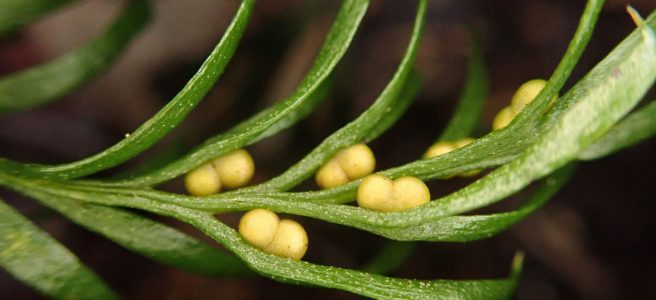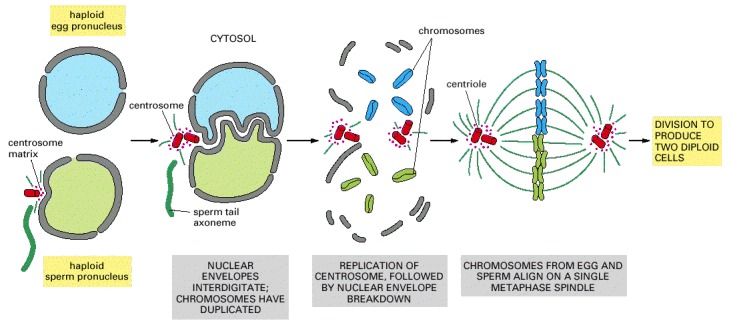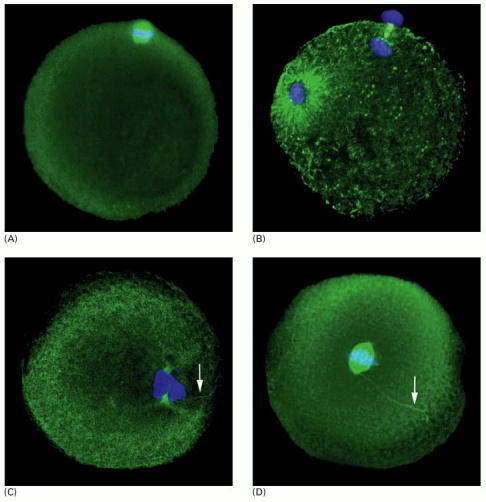Times were very hard. The countryside was being squeezed by the urban population, rows and rows of solar panels were being placed not only upon the most productive arable fields but now even upon the pastoral land where sheep may have safely grazed. The panels it was true provided much needed shade from the summer sum, but the diminution of the number of animals put pressure on the economy of the canine population, making life very difficult for the wolves who had families to feed.
As a young wolf Adolphe recognised that the situation was very grievous indeed. How could he raise a family if he could not provide for them was a question he frequently asked himself until one day when he met Flora.
Flora was a Pomeranian who visited the moorland beyond the fields one day. Adolphe was resting in the shade of one of the few trees on the moor when her mistress disturbed him, also looking for shade from the noon-day sun. Adolphe retreated to a safe distance in the bracken, waited and watched. Adolphe never saw her walk. She was always in the arms of her mistress, who treated her more like a cub than a dog he thought. Just then, as it did to Newton when he waited under an apple tree, it occurred to him. It would be a bold experiment, he said to himself, but it may work.
It was many days later that he saw Mutton, a member of the Salish family, running freely among the solar panels. He made her acquaintance and learned that her master was nearby, but she was allowed to run as she will. Adolphe was perturbed by the reference to the master being nearby, and watched carefully. Often the masters carried iron sticks which had deadly accuracy. It was that which he feared. He bid his time. Mutton and her master continued to visit the area with quite some regularity. Slowly Adolphe got to know her better.
One day her master saw them running together and called her back. She encouraged him to follow, saying that all would be well, as long as he did just the same things that she did.
It was difficult for Adolphe to roll over onto his back to allow the human to rub his belly with a pair of heavy boots, but he noticed that there was no long iron stick on the human’s back. The human allowed them to eat together, though there was not a lot as he had only prepared enough for one dog. Mutton encouraged Adolphe to eat the most.
On the next occasion the human told Mutton to find her friend. A few hours later they both arrived and ate together again, but this time the human had prepared two meals. The lying on the back took place again, and then – this was not part of Adolphe’s plan – something was placed around his neck. He had not noticed before but Mutton also wore one. A vine was attached to it and held firmly by the human. It was time to go. Adolphe remembered what he had been told. ‘It will be alright. Do as I do.’ Adolphe was about to learn new things.
Some months later they returned to the moor. The vine was slipped from his neck and he and Mutton ran freely again. They returned that day to the human’s den, and so for the rest of the week. Mutton later told Adolphe that he was free to go if he wished. The human would be happy either way. Mutton returned home.
They continued to meet on the moor, then one day Mutton asked to see his den. She did not return home that day. Her master, his friends and their dogs, spent the next several weeks looking for her but to no avail. Though they often found evidence of her recent activity – that she was alive and well that was very clear – there were no sightings. The spy-cam that they set up caught many images of the wolves, including Adolphe, but Mutton never strayed into view.
Five months later Mutton arrived back at her former home with a litter of woolly, wolves. They were perhaps six weeks old. She returned to the moor shortly afterward, but continued to make regular visits to her old master.
The leopard changes his spots

Adolphe reflected on the success of his experiment. How much easier it would be for his offspring to remain hidden from the ever watching eye of the shepherd.
As Farmer Giles raised his gun he heard a voice coming from the flock.
The wolf bleated: Don’t shoot – I have had a genus reassignment!
Lupine to Ovine?
The prophet asked: Can the Ethiopian change his skin or the leopard its spots? Then may you also do good who are accustomed to do evil. (Jeremiah 13:23) The Lord is speaking against his people in Jerusalem, giving them warnings of what is to come if they will not change their ways. The words sound harsh, but they are full of compassion:
Hear and give ear: Do not be proud, for the Lord has spoken. Give glory to the Lord your God before he causes darkness, and before your feet stumble on the dark mountains, and while you are looking for light, he turns it into the shadow of death and makes it dense darkness. But if you will not hear it, my soul will weep in secret for your pride; my eyes will weep bitterly and run down with tears.
Jeremiah 23:15-17
The people are comfortable in their ignorance. Everyone of them wants to do it my way and not the Lord’s way. Pride and godlessness fill the streets. This soon overflows into violence against others. If we insist on my way, and never give in or consider others, we shall soon come into conflict with those around us. If pride fills our hearts, then we shall soon disrespect those around us who do not have quite the same view of ourselves that we have. The apostle rejoins us to not to think of [ourselves] more highly than [we] ought to think, but to think soberly, as God has dealt to each one a measure of faith. So he warns them that they must change, but so accustomed to them have their wicked ways become, they cannot change them any more than a leopard can change its spots.
But he problem goes much deeper than that, as intimated by the double simile. It is not just a bad habit which we must shake off, it is an intrinsic part of our make up as human beings just as the colour of our skin. The change required is impossible for us, just as impossible as gender and genus reassignments are. Who then can be saved? the disciples asked Jesus, in a different context (Mark 10). A change is required which is fundamental. The Lord provided the answer: With men it is impossible, but not with God; for with God all things are possible. John records for us as many as received him, to them he gave the right to become children of God, to those who believe in his name: who were born, not of blood, nor of the will of the flesh, nor of the will of man, but of God.
Just as the wolf cannot become a sheep, even if he were able to grow woollen fleece as a sheep, we cannot by the will of man become children of God. We must be born again, born from above, born of the Spirit, born of God. With man it is impossible, but with God, simply come to Jesus and receive him.



